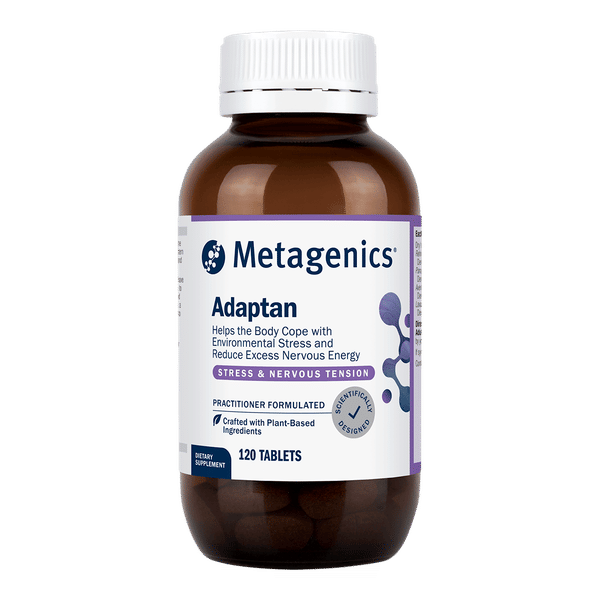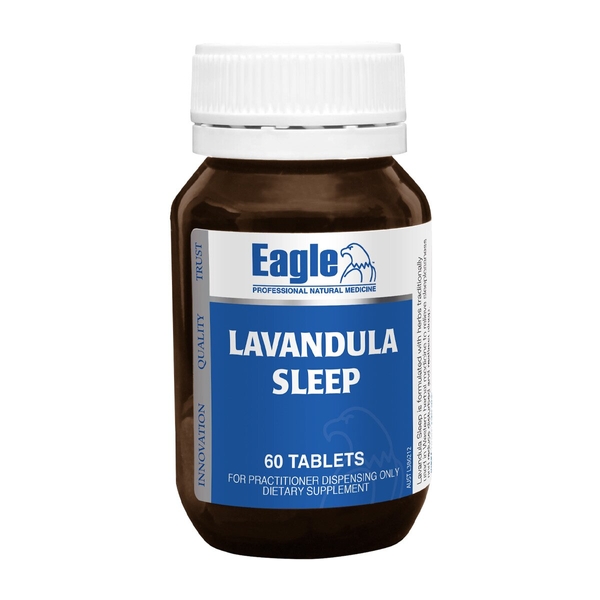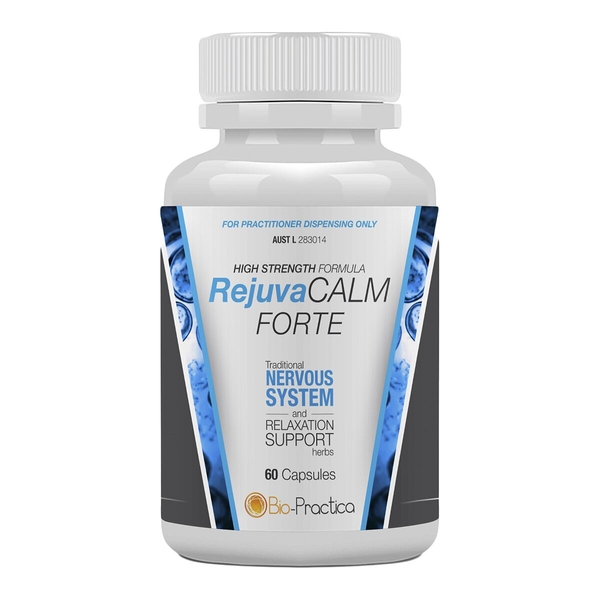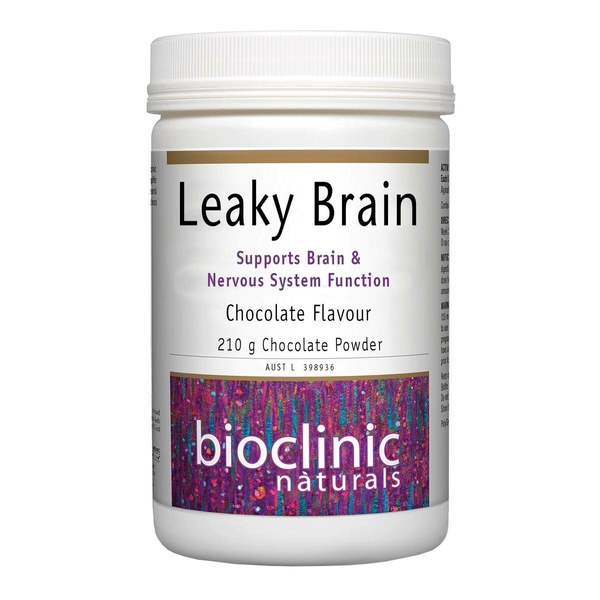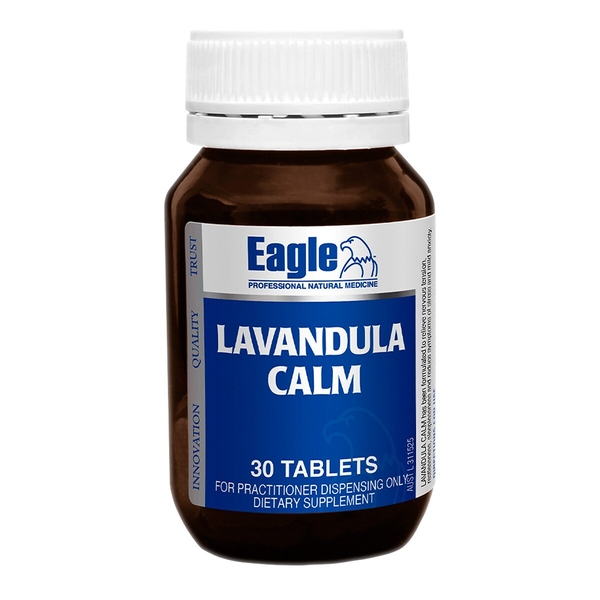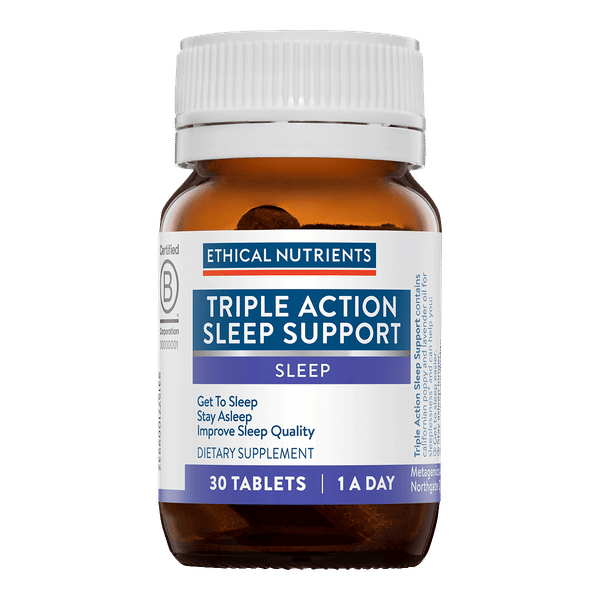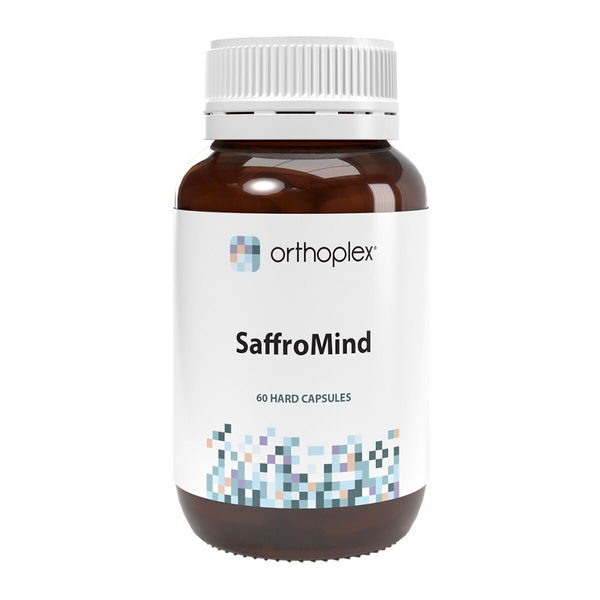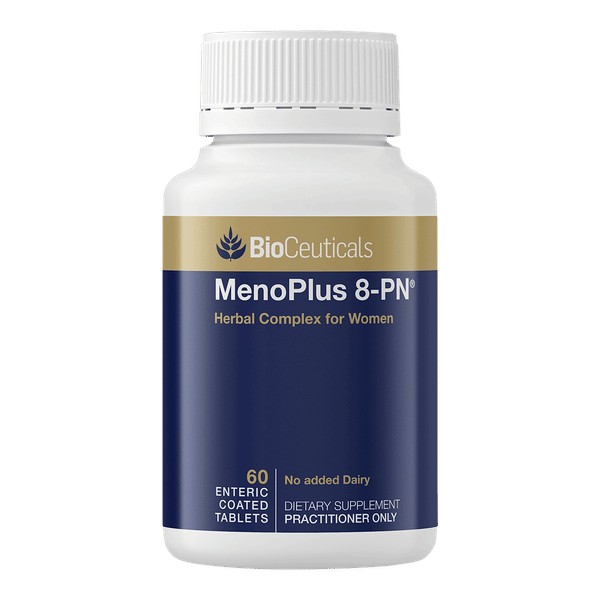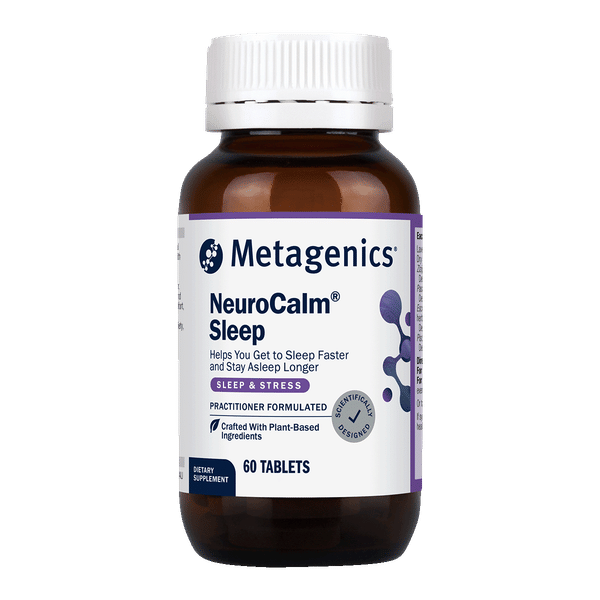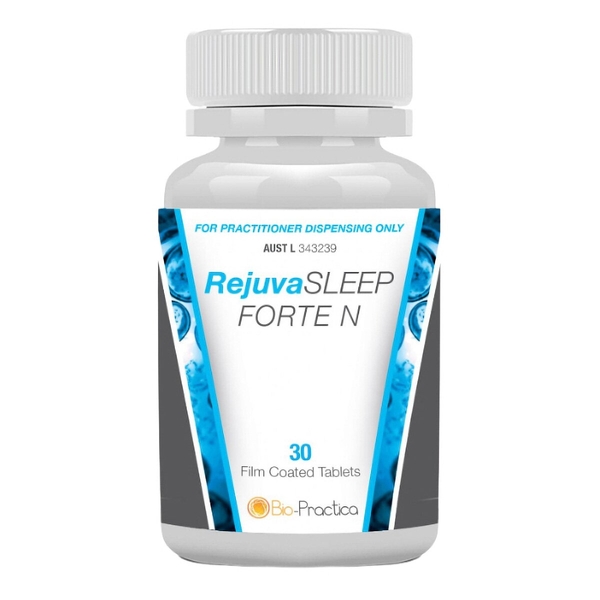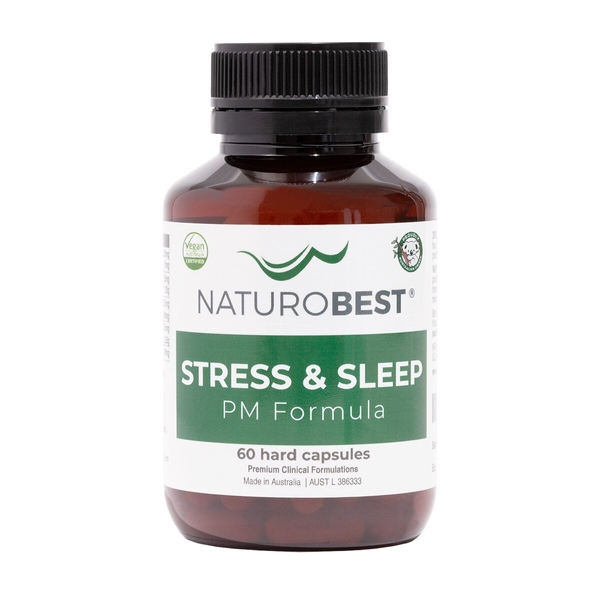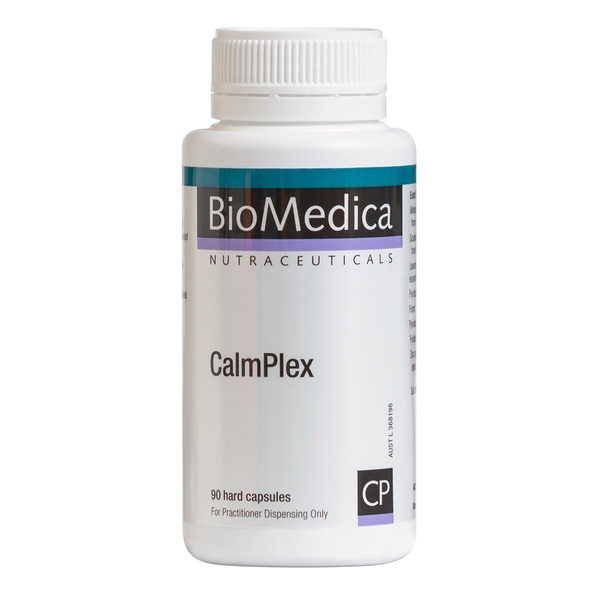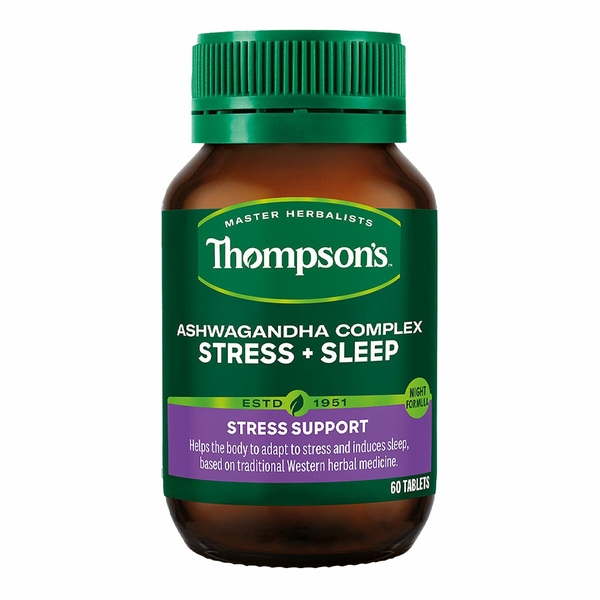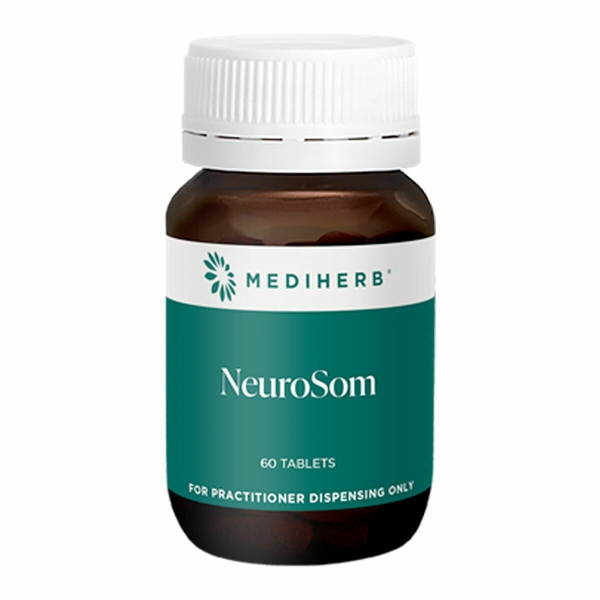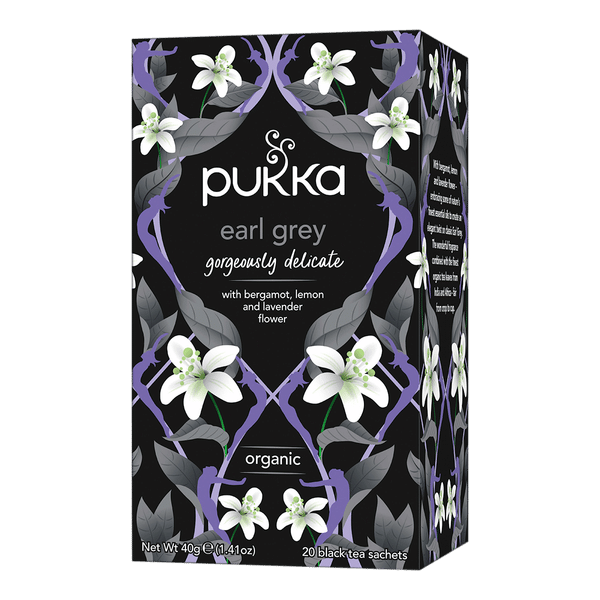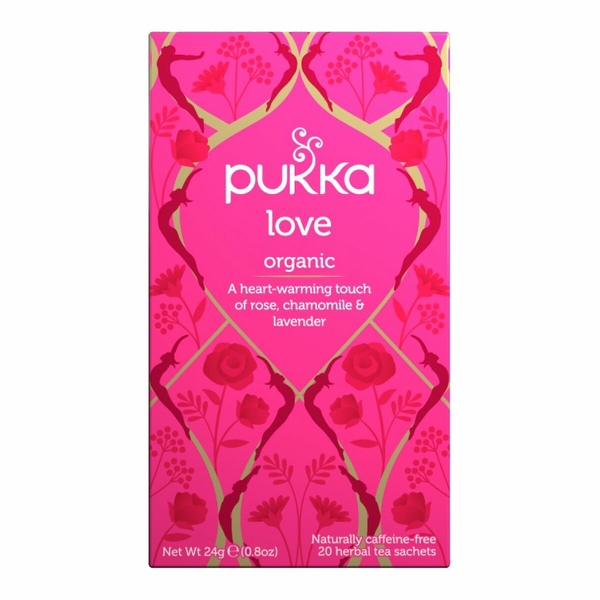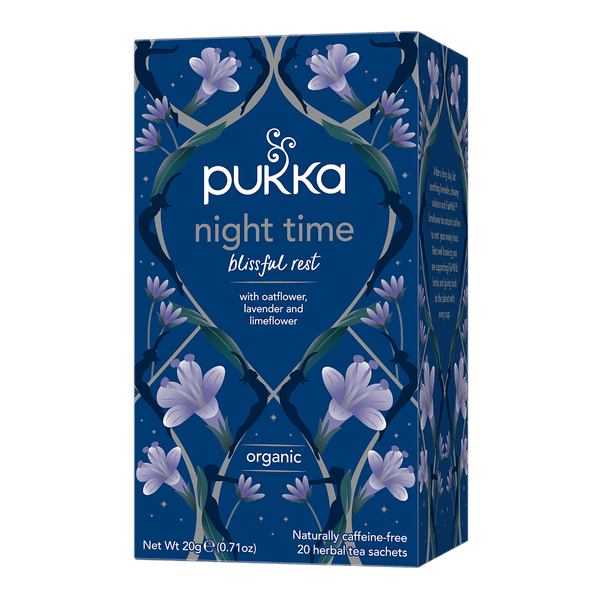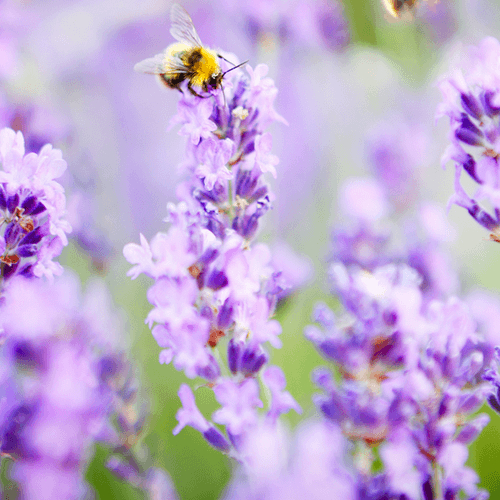
Lavender
Scientific names: Lavandula angustifolia, Lavandula officinalis, Lavandula vera, Lavandula spica, Lavandula dentata, Lavandula latifolia, Lavandula pubescens, Lavandula stoechas
Family: Lamiaceae/Labiatae
Alternate names: Alhucema, Common Lavender, English Lavender, French Lavender, Garden Lavender, Huile Essentielle de Lavande, Lavanda, Lavande, Lavande à Feuilles Étroites, Lavande Anglaise, Lavande Commune, Lavande des Alpes, Lavande du Jardin, Lavande Espagnole, Lavande Fine, Lavande Française, Lavande Officinale, Lavande Vraie, Lavandula, Lavender Essential Oil, Ostokhoddous, Spanish Lavender, Spike Lavender, True Lavender
Actions: Analgesic, Antibacterial, Anticancer, Antifungal, Anti-inflammatory, Cardiovascular, Endocrine, Hair growth, Musculoskeletal, Neurologic/CNS, Wound healing
Background
Lavender (Lavandula angustifolia) is an evergreen plant native to the Mediterranean. Its flower and oil have a popular scent and are also used as medicine.
Lavender contains an oil that seems to have calming effects and might relax certain muscles. It also seems to have antibacterial and antifungal effects.
People commonly use lavender for anxiety, stress, insomnia, depression, dementia, pain, and many other conditions, but there is no good scientific evidence to support many of these uses.
Lavender contains an oil that seems to have calming effects and might relax certain muscles. It also seems to have antibacterial and antifungal effects.
People commonly use lavender for anxiety, stress, insomnia, depression, dementia, pain, and many other conditions, but there is no good scientific evidence to support many of these uses.
Safety Safety definitions
When taken by mouth: Lavender is commonly consumed in foods. It's possibly safe when taken as medicine. Side effects might include constipation, diarrhea, and headache.
When applied to the skin: Lavender is possibly safe. It's usually well-tolerated, but can sometimes cause skin irritation.
When inhaled: Lavender essential oil is possibly safe. It's been used safely as aromatherapy for up to 12 weeks.
Children: Lavender essential oil is possibly safe when inhaled as aromatherapy. But applying products that contain lavender oil to the skin is possibly unsafe for young males who haven't reached puberty. Lavender oil seems to have hormone-like effects that could disrupt normal hormones. In some cases, this has resulted in breast growth. There isn't enough reliable information to know if lavender is safe for children to take by mouth.
Surgery: Lavender might slow down the central nervous system. If used with anesthesia and other medications given during and after surgery, it might slow down the central nervous system too much. Stop using lavender at least 2 weeks before a scheduled surgery.
When applied to the skin: Lavender is possibly safe. It's usually well-tolerated, but can sometimes cause skin irritation.
When inhaled: Lavender essential oil is possibly safe. It's been used safely as aromatherapy for up to 12 weeks.
Special Precautions & Warnings:
Pregnancy and breast-feeding: There isn't enough reliable information to know if lavender is safe to use when pregnant or breast-feeding. Stay on the safe side and avoid use.Children: Lavender essential oil is possibly safe when inhaled as aromatherapy. But applying products that contain lavender oil to the skin is possibly unsafe for young males who haven't reached puberty. Lavender oil seems to have hormone-like effects that could disrupt normal hormones. In some cases, this has resulted in breast growth. There isn't enough reliable information to know if lavender is safe for children to take by mouth.
Surgery: Lavender might slow down the central nervous system. If used with anesthesia and other medications given during and after surgery, it might slow down the central nervous system too much. Stop using lavender at least 2 weeks before a scheduled surgery.
Effectiveness
NatMed Pro rates effectiveness based on scientific evidence according to the following scale: Effective, Likely Effective, Possibly Effective, Possibly Ineffective, Likely Ineffective, Ineffective, and Insufficient Evidence to Rate.
Possibly effective Effectiveness definitions
- Anxiety. Taking a specific lavender oil supplement (Silexan) by mouth seems to help relieve anxiety. Using lavender oil aromatherapy or aromatherapy massage also seems to help.
- Depression. Taking lavender products by mouth, including teas and a specific oil supplement (Silexan), or inhaling lavender oil as aromatherapy, seem to reduce symptoms of depression.
- Menstrual cramps (dysmenorrhea). Lavender oil aromatherapy seems to help reduce menstrual pain.
- Acute pain. Lavender oil aromatherapy seems to help reduce pain from needles or other medical procedures in infants and adults. It is unclear if lavender is helpful for reducing other types of acute pain.
Possibly ineffective Effectiveness definitions
- Pain in people with cancer. Using lavender oil aromatherapy with massage doesn't seem to reduce cancer-related pain more than a massage without aromatherapy.
Dosing & administration
Lavender is used in many different types of products. A specific lavender oil product (Silexan) has most often been used by adults in doses of 80-160 mg by mouth daily for up to 10 weeks. Lavender essential oil is commonly used in aromatherapy and various topical products such as massage oils and lotions. Speak with a healthcare provider to find out what type of product and dose might be best for a specific condition.
Interactions with pharmaceuticals
Sedative medications (CNS depressants)
Interaction Rating=Moderate Be cautious with this combination.
Lavender might cause sleepiness and slowed breathing. Some medications, called sedatives, can also cause sleepiness and slowed breathing. Taking lavender with sedative medications might cause breathing problems and/or too much sleepiness.
Interactions with herbs & supplements
Herbs and supplements that might cause sleepiness: Lavender might cause sleepiness and slowed breathing. Taking it along with other supplements with similar effects might cause too much sleepiness and/or slowed breathing in some people. Examples of supplements with this effect include hops, kava, L-tryptophan, melatonin, and valerian.
Interactions with foods
There are no known interactions with foods.
Products
View all productsPractitioner product
Practitioner product
Practitioner product
Per 3.5 g (Chocolate):
- Lavandula angustifolia (Lavender) ext. 100 mg
- Camellia sinensis ext. 125 mg
- Ocimum tenuiflorum ext. 105 mg
- Tanacetum parthenium ext. 25 mg
- Curcumin (Turmeric) 10 mg
- Dimethyl sulfone (MSM) 60 mg
- Theobroma cacao ext. 520 mg
- Acetyl levocarnitine hydrochloride (Acetyl-L-carnitine) 117.94 mg
- L-leucine 100 mg
- Magnesium citrate 705.74 mg equiv. magnesium 80 mg
- Inositol 100 mg
- Cholecalciferol 12.5 μg equiv. vitamin D3 500 IU
- Thiamine nitrate (Vitamin B1) 18.51 mg equiv. thiamine 15 mg
- Nicotinamide (Vitamin B3) 15 mg
- Pyridoxine hydrochloride (Vitamin B6) 30.39 mg equiv. pyridoxine 25 mg
- Folic acid 150 μg
- Co-methylcobalamin (Vitamin B12) 50 μg
Practitioner product
Practitioner product
RRP: $45.95$32.16Save: 30%
Create account
RRP: $36.95$29.19Save: 21%
Create account
Practitioner product
Practitioner product
Per tablet:
Practitioner product
Practitioner product
Practitioner product
RRP: $35.77$26.83Save: 25%
OOS at supplier
Create account
return unknown
Practitioner product
RRP: $39.00$28.85Save: 26%
Create account
Per tablet:
Practitioner product
Practitioner product
RRP: $9.35$8.60Save: 8%
Discontinued by Pukka Herbs
Create account
RRP: $9.35$8.60Save: 8%
Discontinued by Pukka Herbs
Create account
RRP: $10.25$9.43Save: 8%
Create account
vital.ly has licensed monographs from TRC Healthcare.
This monograph was last reviewed on 16/01/2025 11:00:00 and last updated on 30/03/2022 06:06:14. Monographs are reviewed and/or updated multiple times per month and at least once per year.
Natural Medicines disclaims any responsibility related to medical consequences of using any medical product. Effort is made to ensure that the information contained in this monograph is accurate at the time it was published. Consumers and medical professionals who consult this monograph are cautioned that any medical or product related decision is the sole responsibility of the consumer and/or the health care professional. A legal License Agreement sets limitations on downloading, storing, or printing content from this Database. No reproduction of this monograph or any content from this Database is permitted without written permission from the publisher. It is unlawful to download, store, or distribute content from this site.

